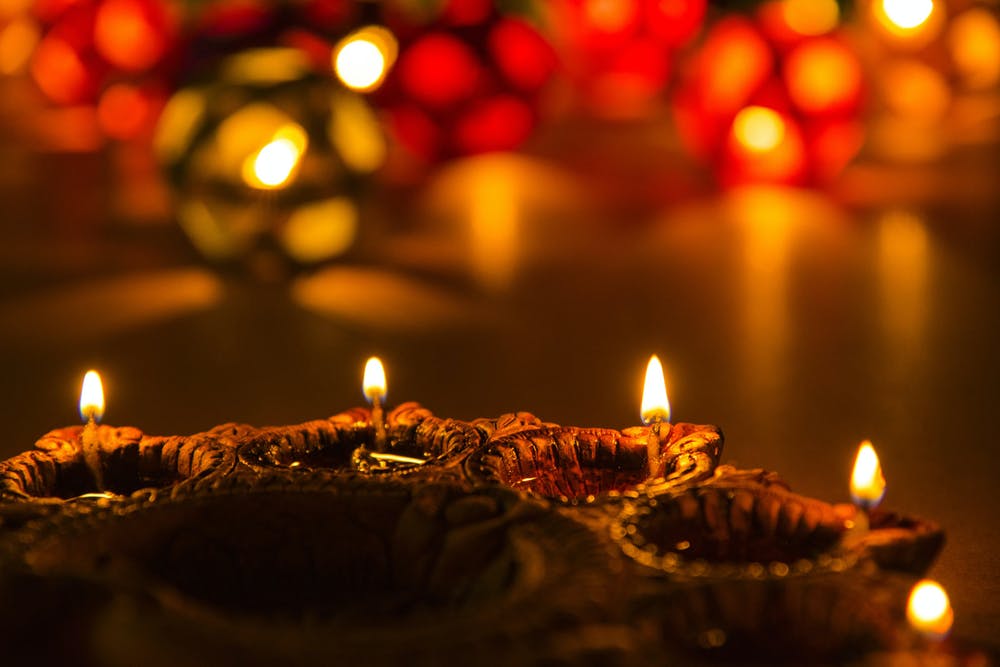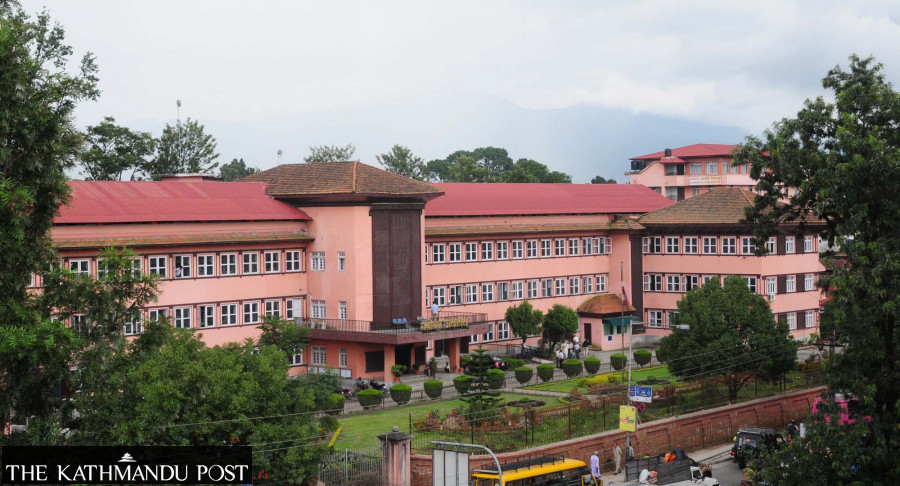
The desperate need for preserving one’s own culture catches people off guard when they witness an ‘outsider’ not only acknowledging their traditions but somewhat even adopting them.
Rangolis, diyos, vibrant lights, and all the array of festive paraphernalia that accompany the week of Tihar ring in my brain as I try to trace just how far back my affinity for this festival goes; but that would be akin to jogging up the most distant memories I can’t even recall precisely. Tihar, nonetheless, instilled a default holiday mood for our Buddhist family, as it did for the majority in Nepal. Of course, we have our Gyalpo Lhosar, which has its own set of religious protocols we would adhere to; the charm of `Tihar, however, is unlike anything else.
Perhaps, when I was a young boy, those month-long breaks from school translated into a fondness so deep for a culture foreign to my own; this liking, nonetheless, transcended just the need for a time off from school. I, like every other kid, would be enthralled by the sheer vibrancy of Kathmandu during this period. I am well aware that the ubiquity and pervasiveness of this culture would not be relevant to several ethnic minorities in Nepal, since it has its fair share of history, mainly that of a culturally hegemonic one—I am merely carving out my own account, and that of my family’s relationship with Tihar.
Whenever I share with my non-Sherpa friends and acquaintances that we as Sherpas, and a Buddhist family, have been celebrating Tihar for as long as I can even remember, I am typically met with astonishment and baffled looks, along with delighted remarks. We are certainly not familiar with intricate details of the rituals followed during Tihar; our family still relish in the other lighter aspects of the festival. I wouldn’t wish to universalise this experience, because this could be unique to my family alone, and maybe a few others; however, my family’s relationship with Tihar is replete with memories of dancing and singing performances, competing with neighbours on rangoli decorations, and adorning the house with colours, marigolds, and diyos.
Hindu deities bearing similar versions and interpretations in Buddhism also allowed our family to be more open to and accepting of a Hindu festival. For instance, Lakshmi Puja, one of the most important rituals during Tihar, is performed to invite the Goddess Lakshmi at home. As Lakhshmi is the Goddess of Wealth and Purity, we would worship the deity Dzambala—the God of Wealth in Tibetan Buddhism—during Tihar. Even though my family still occasionally puts up a photo of Goddess Lakshmi at the altar, the essence of Tihar remains, regardless of which deity we worship. On other occasions, such as Saraswati Puja, I remember being incessantly coaxed by my mother into visiting any Saraswati temple; it was she who laid the foundation for me and my brother to feel increasingly comfortable and, more importantly, normal to frequent Hindu temples.







